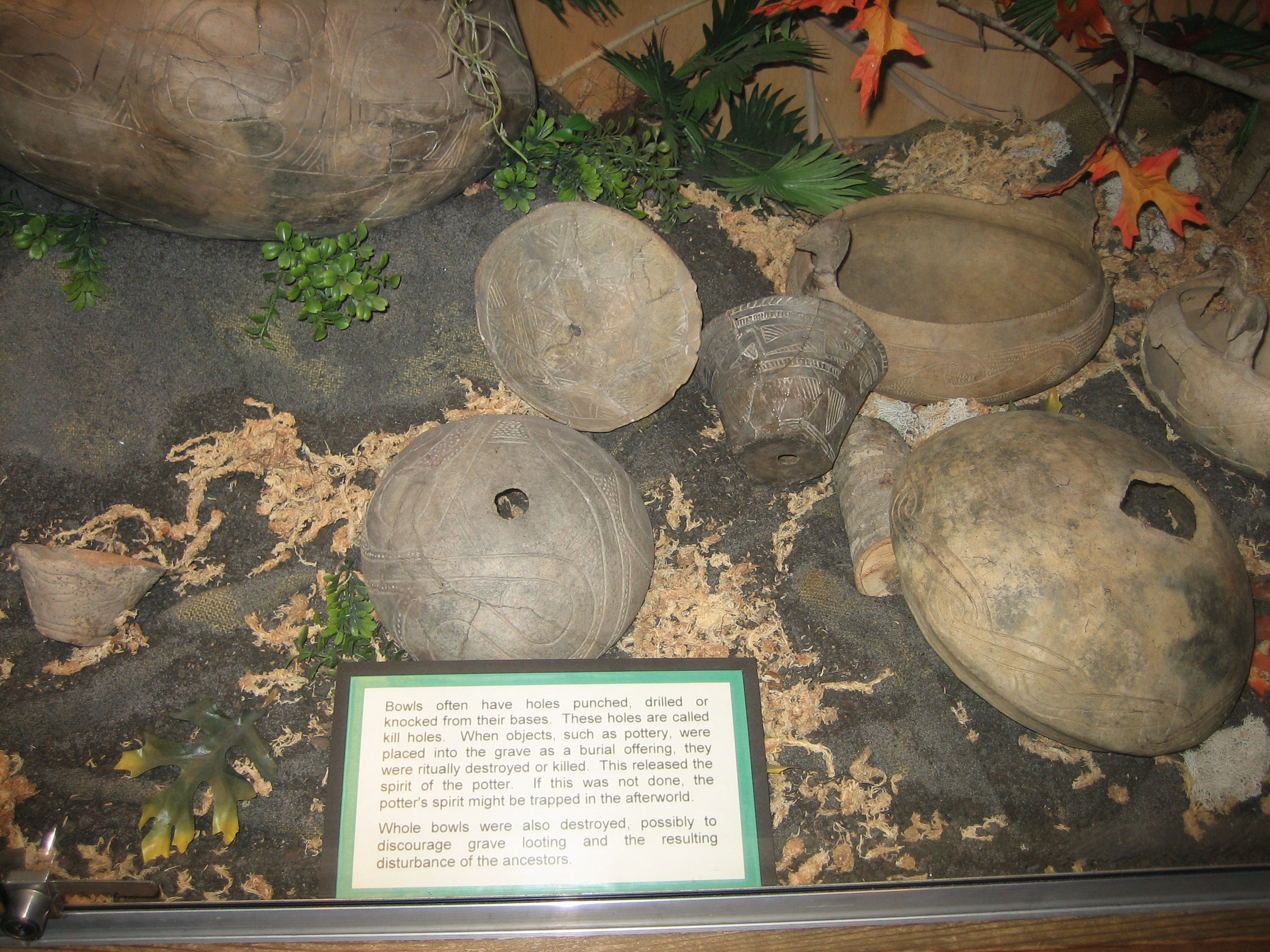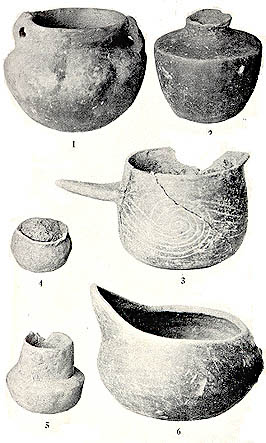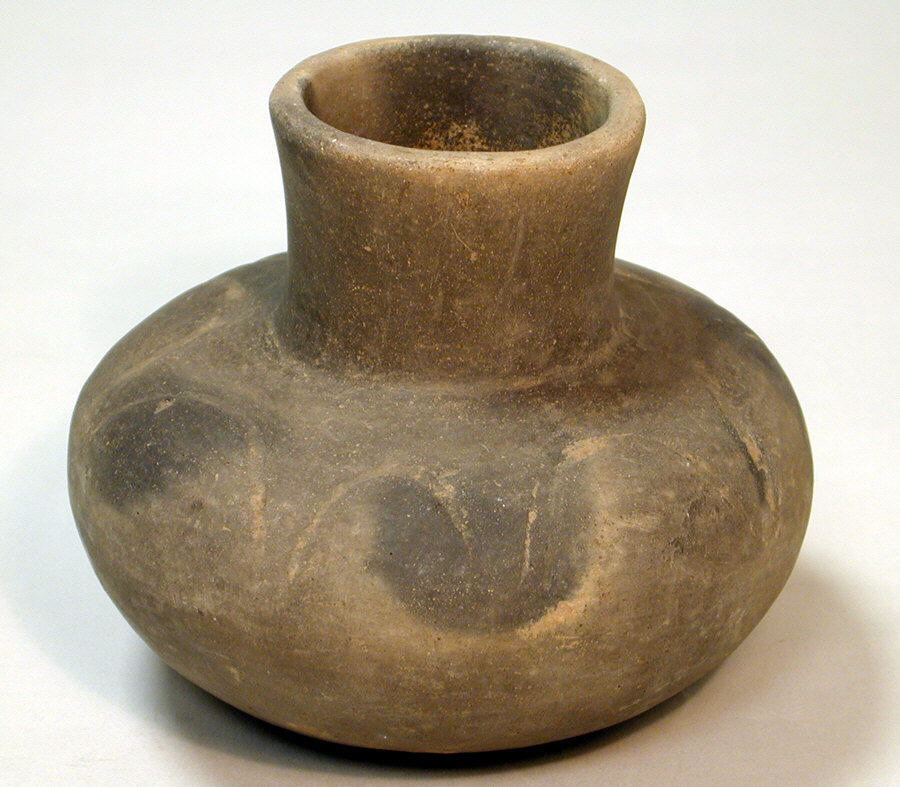Your search results [18 articles]
The Middle Mississippian cultural complex developed between 800 and 1600 in the heart of the Great Central Plains of North America. It is surrounded by other cultural complexes that extend between the Arkansas River (Caddoan Culture) and the Appalachian Mountains (South Appalachian Mississippian), between the upper Mississippi River (Oneota Culture) and its delta (Plaquemine Mississippian), and finally in the Ohio River basin (Fort Ancient Culture).
The whole complex covers an extensive area and maps out a dense commercial and cultural network across the subcontinent. About 12 centuries ago, Native American agriculture flourished along the Mississippi and its tributaries. It was based on maize, squash, beans, sunflowers, amaranth and other chenopods, with sweet potatoes and probably cassava in the south. Between 800 and 1600, these agricultural techniques generated grain surpluses, which led to population growth, territorial expansion and social complexity around the Mississippi river. Densely populated settlements surrounded by satellite villages emerged. The largest, the city of Cahokia, covered 16 km2 and housed 10 to 15,000 inhabitants. More or less centralised political structures built large platforms or ceremonial mounds [1].
The techniques of the Mississippi populations evolved: pottery, copper work, stone work, monumental buildings. Very elaborate collective ceremonies were engraved or painted. The analysis of the vessels, their size and concentration in the mounds puts us on the track of collective feasts (Blitz 1993). However, the composition of the dishes and beverages is not elucidated. We cannot acertain that beer was involved in such feasts.
  |
 |
  |
 |
| Native American pottery and Akansas (above), in Temple Mound Museum, Florida (below). | Cahokia old ceramics. | Mississippian ceramic bottle. Ca. 1200-1350. | Human and owl effiigy pots. |
To date, archaeological excavations have not revealed any fermented beverages. The analysis of possible traces of fermentation on pottery or starch granules has not been undertaken. This lack of systematic research reflects the doxa of the North American archaeology: the Amerindians did not brew beer before the arrival of the Europeans, except in the region near Mexico. The Amerindians at Cahokia would have favoured energising or psychotropic drinks such as cocoa, Black Drink or cassine, tobacco, etc.
[1] The decline or collapse (depending on the scenario) of Mississippi societies is multifactorial: increased drought from 1400 onwards, soils exhaustion, epidemics brought by the Europeans around 1500, social and political crisis.



